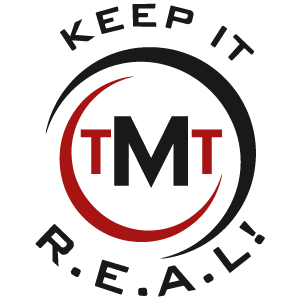Let’s talk about something that makes most MSPs squirm in their seats: pricing. Specifically, MSP pricing models and MSP pricing strategies that actually work—not just to get you clients, but to grow a profitable, scalable business without running yourself ragged.
Too many MSPs are still pricing based on what their competitors charge, what they “think” the market will tolerate, or worse—charging based on hours. Let me be blunt: if you’re still quoting by the hour or throwing out ballpark figures to win the deal, you’re not running a business. You’re winging it.
Structure Your Pricing For Profit, Not Popularity
The most effective MSP pricing models are built on simplicity, scalability and value. And for most of you, a tiered pricing model is going to be your best bet. Why? Because it gives your prospects choice without confusion. You show them three clearly defined service levels—Basic, Premium and Enterprise, for example—and they pick the one that best aligns with their needs and budget.
It also prevents you from doing what so many MSPs do: quoting custom, one-off pricing for every prospect that walks in the door. That’s a fast track to chaos and margin erosion.
Stop Charging For Hours—Start Charging For Outcomes
Here’s the hard truth nobody likes to admit: clients don’t care how many hours you work. They care about results. They want less downtime, fewer problems, faster response, better security and predictable IT costs. That’s what they’re paying you for—not your time, not your tools and certainly not your ticket count.
So price your services based on the value you deliver, not the time it takes you to do the job.
The higher the risk and complexity of the client’s environment, the higher the price. Period. If a client’s systems are a ticking time bomb of vulnerabilities, old gear and untrained staff, they’re a risk—and that risk should be reflected in your proposal.
Flat-Rate, All-Inclusive = Trust And Scalability
I’m a big believer in flat-rate, all-inclusive pricing. Why? Because it’s easier to sell, easier for the client to understand and far easier to scale. When clients know what to expect every month—no surprise invoices, no nickel-and-dime fees for every little task—you build trust. And trust closes deals.
Plus, predictable revenue makes your business a hell of a lot easier to run.
Now, some of you are thinking, “But what if a client uses too many hours?” Again, you’re pricing wrong. Bake in the average usage, track the outliers and address overuse with upsells or adjustments—don’t punish the entire client base for one outlier.
MSP Pricing Strategies That Position You As The Premium Option
Want to charge more than your competition and still win the deal? Tie your pricing to ROI. Show the cost of downtime. Show the cost of a breach. Show how you help them avoid hiring an in-house tech at $80K a year, plus benefits. When your proposal becomes a business case, you stop competing on price and start commanding it.
Also, your MSP pricing strategy should include clear deliverables, a defined onboarding process, and a service roadmap. That way, you’re not just selling a support package—you’re selling a long-term partnership with proactive growth and business alignment.
Final Thought: Price With Confidence
Stop apologizing for your prices. Stop giving discounts because you’re afraid of losing the deal. You are solving high-stakes, business-critical problems. Start acting like it.
Your MSP pricing model should reflect your professionalism, your expertise and your results. When you price like a premium service provider, you’ll attract better clients, close deals faster and finally build the business you’ve been grinding for.


